In a new book, Siddhartha Mukherjee writes that to understand cells is to understand the body, medicine, the story of life, and our selves.
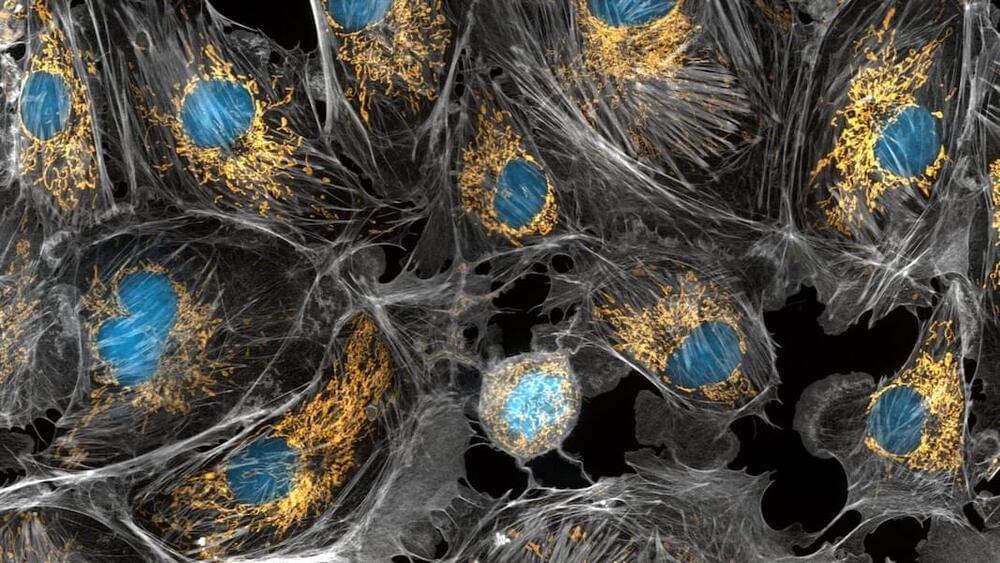


Join the audience for a live webinar at 2 p.m. GMT/3 p.m. CET on 6 December 2022 exploring if external lasers should be used at the bore-type linac.
In this webinar, we want to evaluate this question from the point of view of the therapist, the patient and the medical physicist while giving you an overview of laser solutions from LAP.
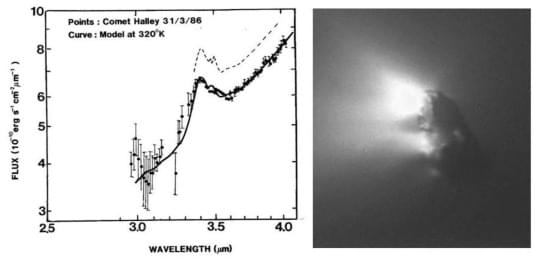
We review the salient evidence consistent with or predicted by the Hoyle-Wickramasinghe (H-W) thesis of Cometary (Cosmic) Biology. Much of this physical and biological evidence is multifactorial. One particular focus are the recent studies which date the emergence of the complex retroviruses of vertebrate lines at or just before the Cambrian Explosion of ∼500 Ma. Such viruses are known to be plausibly associated with major evolutionary genomic processes. We believe this coincidence is not fortuitous but is consistent with a key prediction of H-W theory whereby major extinction-diversification evolutionary boundaries coincide with virus-bearing cometary-bolide bombardment events. A second focus is the remarkable evolution of intelligent complexity (Cephalopods) culminating in the emergence of the Octopus. A third focus concerns the micro-organism fossil evidence contained within meteorites as well as the detection in the upper atmosphere of apparent incoming life-bearing particles from space. In our view the totality of the multifactorial data and critical analyses assembled by Fred Hoyle, Chandra Wickramasinghe and their many colleagues since the 1960s leads to a very plausible conclusion – life may have been seeded here on Earth by life-bearing comets as soon as conditions on Earth allowed it to flourish (about or just before 4.1 Billion years ago); and living organisms such as space-resistant and space-hardy bacteria, viruses, more complex eukaryotic cells, fertilised ova and seeds have been continuously delivered ever since to Earth so being one important driver of further terrestrial evolution which has resulted in considerable genetic diversity and which has led to the emergence of mankind.
The event, which was held at a luxury resort in the Swiss Alps last week, drew some of the world’s richest people along with some of its most controversial scientists.
Harvard Medical School genetics professor George Church, SENS Research Foundation chief of science offices Aubrey de Grey, Buck Institute for Research on Aging president and CEO Eric Verdin, Institute for Ageing Research at Albert Einstein College of Medicine director Nir Barzilai, Forever Healthy Foundation founder Michael Greve, Human Longevity Inc. associate professor, internal medicine Evelyne Yehudit Bischof, founder and CEO of Insilico Medicine Alex Zhavoronkov, creator of First Longevity and Longevity. Technology editor-in-chief Phil Newman, and Wei-Wu He, executive chairman of Human Longevity Inc., CEO and chairman of Casi Pharmaceuticals Inc., and founder and chairman of Genetron Health.
According to MIT Technology Review, Mega-Rich investors met with scientists and biotech founders in a swanky resort town of Gstaad, Switzerland, to advance the “longevity science,” which is a new field that could extend human life spans. The conference included some of the richest investors and entrepreneurs on earth.
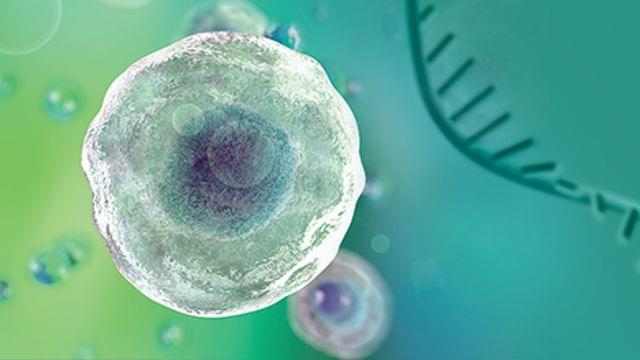
CGT are composed of a diverse group of medicinal products. Cell therapies (including ex vivo gene therapies) involve the transfer of cells with a relevant function into the patient. Cells can have different origins, i.e., human (autologous or allogeneic), different differentiation stages, i.e., stem cells or differentiated cells, and can be genetically modified to exert the intended therapeutic effect. In genetically modified cell therapy, a functional transgene is transfected into cells ex vivo using viral (for example, lentiviruses) or nonviral (e.g., electroporation) vectors. Next, the modified cells are administered to the patient where the transgene will promote a therapeutic effect. Examples of these therapies include chimeric antigen receptor (CAR) T cells and genetically modified human stem cells (HSCs).
This article highlights the importance of measuring potency for cell and gene therapies.
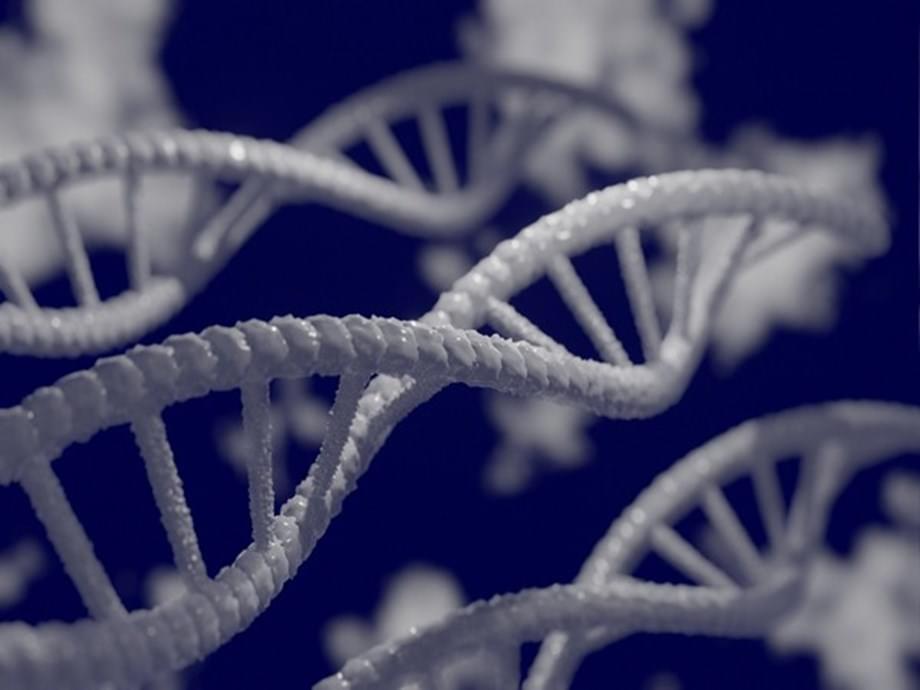
With the help of AI, researchers at Chalmers University of Technology, Sweden, have succeeded in designing synthetic DNA that controls the cells’ protein production. The technology can contribute to the development and production of vaccines, drugs for severe diseases, as well as alternative food proteins much faster and at significantly lower costs than today. How our genes are expressed is a process that is fundamental to the functionality of cells in all living organisms. Simply put, the genetic code in DNA is transcribed to the molecule messenger RNA (mRNA), which tells the cell’s factory which protein to produce and in which quantities.
Researchers have put a lot of effort into trying to control gene expression because it can, among other things, contribute to the development of protein-based drugs. A recent example is the mRNA vaccine against Covid-19, which instructed the body’s cells to produce the same protein found on the surface of the coronavirus. The body’s immune system could then learn to form antibodies against the virus. Likewise, it is possible to teach the body’s immune system to defeat cancer cells or other complex diseases if one understands the genetic code behind the production of specific proteins. Most of today’s new drugs are protein-based, but the techniques for producing them are both expensive and slow, because it is difficult to control how the DNA is expressed. Last year, a research group at Chalmers, led by Aleksej Zelezniak, Associate Professor of Systems Biology, took an important step in understanding and controlling how much of a protein is made from a certain DNA sequence.
“First it was about being able to fully ‘read’ the DNA molecule’s instructions. Now we have succeeded in designing our own DNA that contains the exact instructions to control the quantity of a specific protein,” says Aleksej Zelezniak about the research group’s latest important breakthrough. The principle behind the new method is similar to when an AI generates faces that look like real people. By learning what a large selection of faces looks like, the AI can then create completely new but natural-looking faces. It is then easy to modify a face by, for example, saying that it should look older, or have a different hairstyle. On the other hand, programming a believable face from scratch, without the use of AI, would have been much more difficult and time-consuming. Similarly, the researchers’ AI has been taught the structure and regulatory code of DNA. The AI then designs synthetic DNA, where it is easy to modify its regulatory information in the desired direction of gene expression.
Join us on Patreon!
https://www.patreon.com/MichaelLustgartenPhD
TruDiagnostic Discount Link (Epigenetic Testing)
CONQUERAGING!
https://bit.ly/3Rken0n.
Bristle Discount Link (Oral Microbiome Quantification):
ConquerAging15
https://www.bmq30trk.com/4FL3LK/GTSC3/
Quantify Discount Link (At-Home Blood Testing)
https://getquantify.io/mlustgarten.
Cronometer Discount Link (Daily Diet Tracking):
https://shareasale.com/r.cfm?b=1390137&u=3266601&m=61121&urllink=&afftrack=
If you’d like to support the channel, you can do that with the website.
Dr Ruth Itzhaki explains her life in Alzheimer’s research, looking into the way infectious illnesses might increase chances of developing the disease.
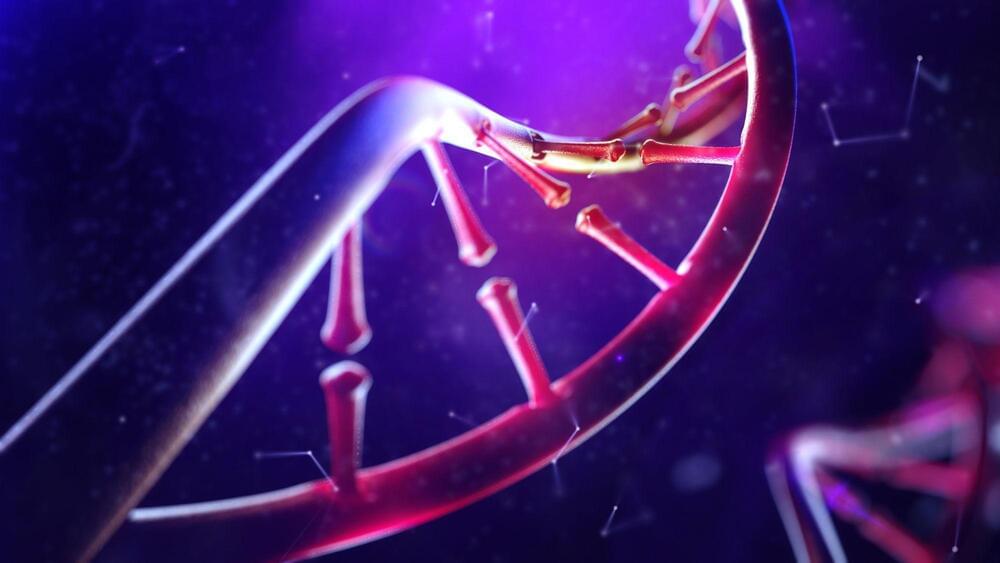
The technology, which was created by Barcelona-based researchers at the Centre for Genomic Regulation (CRG) and the Institute for Research in Biomedicine (IRB Barcelona), combines high-resolution microscopy with sophisticated computer modeling. It is the most comprehensive technique to date for studying the shape of genes.
The new technique allows researchers to create and digitally navigate three-dimensional models of genes, seeing not just their architecture but also information on how they move or how flexible they are. Understanding how genes function might help us better understand how they influence the human body in both health and disease since almost every human disease has some genetic basis.
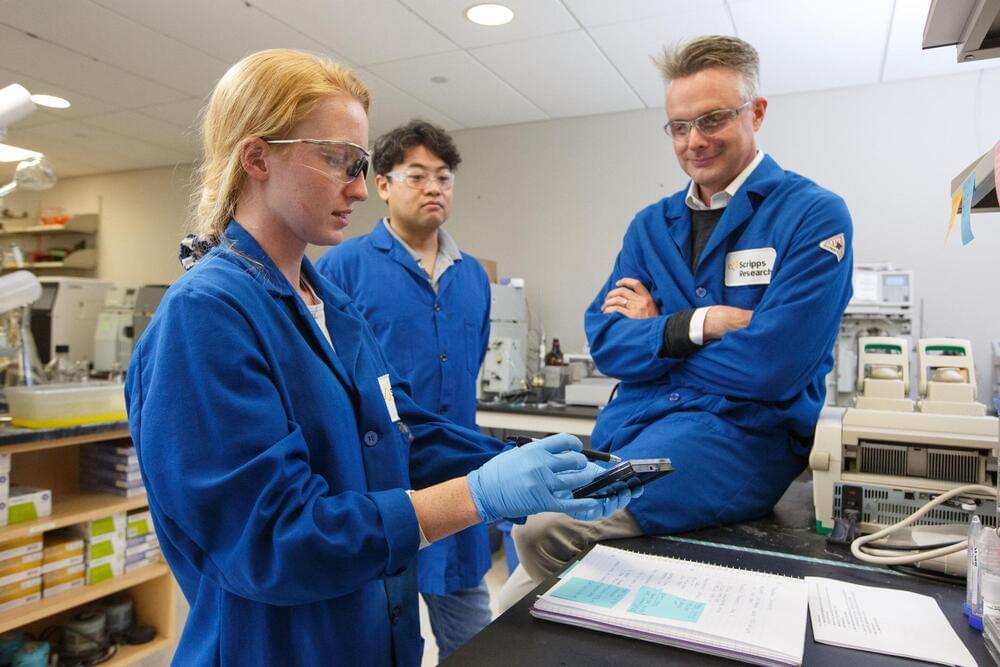
Scientists at University of Florida (UF) Scripps Biomedical Research have developed a potential medicine for a leading cause of ALS and dementia that works by eliminating disease-causing segments of RNA. The compound restored the health of neurons in the lab and rescued mice with the disease.
The potential medication is described this week in the scientific journal Proceedings of the National Academy of Sciences. It is designed to be taken as a pill or an injection, said the lead inventor, professor Matthew Disney, Ph.D., chair of the UF Scripps chemistry department. Importantly, experiments showed that the compound is small enough to cross the blood-brain barrier, a hurdle other approaches have failed to clear, he said.
Amyotrophic lateral sclerosis, or ALS, progressively destroys neurons that control muscles, leading to worsening muscle loss and eventually death. The mutation, a leading cause of inherited ALS, is referred to as “C9 open reading frame 72,” or C9orf72. This mutation also leads to one form of frontotemporal dementia, a brain disease that causes the brain’s frontal and temporal lobes to shrink, resulting in changes in personality, behavior and speech, ultimately resulting in death.